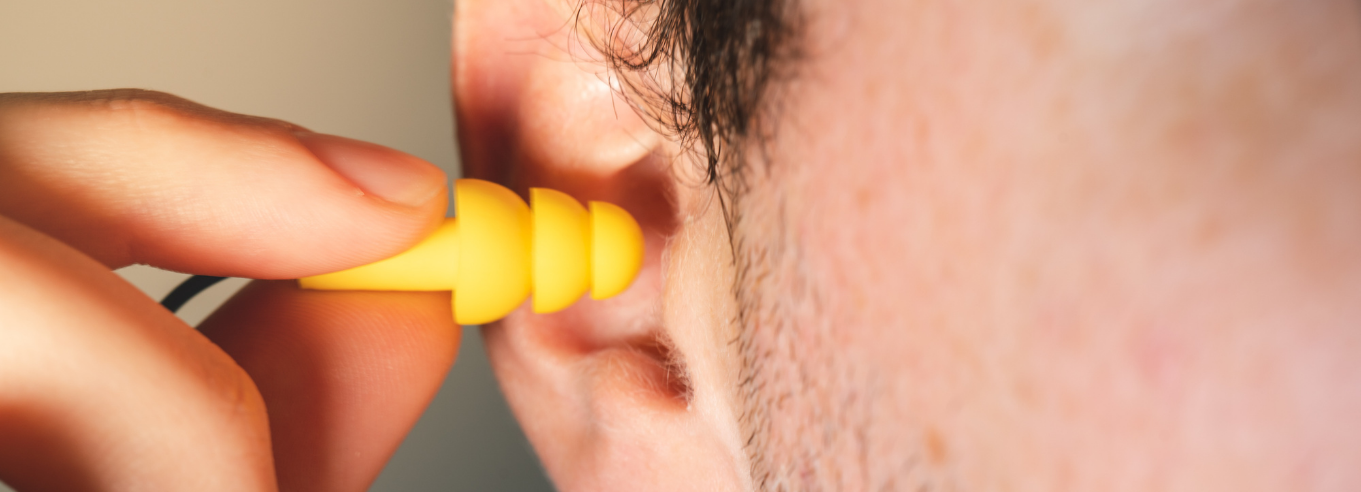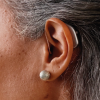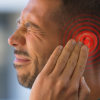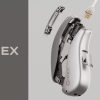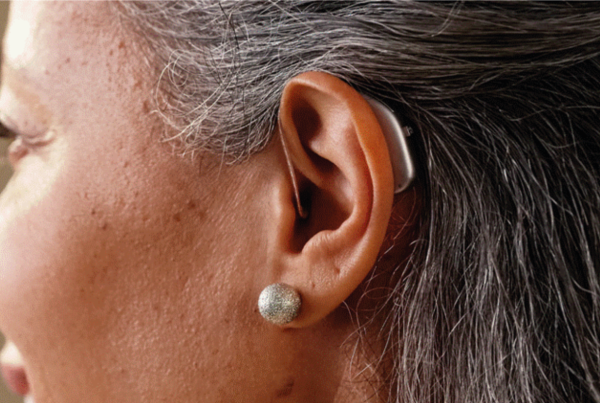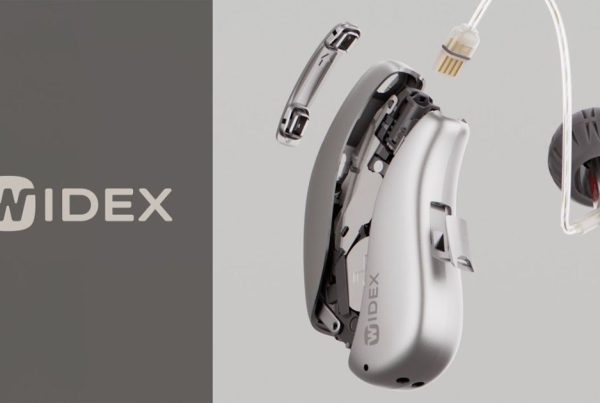Living and working in loud environments can be dangerous for the long-term health of your hearing. Even visiting a loud environment for a short period can cause damage. Wearing suitable ear protection when you’re in these places can prevent conditions such as tinnitus and hearing loss.
In this article, we’ll walk you through a few reasons why wearing ear protection is so important as well as a few examples of places and situations that ear protection might be appropriate.
Where should I wear ear protection?
Before we get into the 3 main reasons to wear protection, it’s important to know the situations where it’s appropriate to wear it.
Whilst the easy answer is ‘anywhere that’s loud’, there’s a bit more nuance to it than this. There are some environments that you might not associate with noises loud enough that they can damage hearing, but they are quite common!
The most obvious and prominent examples include concerts, nightclubs, building sites, factories, and airports. It’s common to see workers in some of these environments wearing ear protection, but not all of them.
Here are some examples of environments that aren’t as commonly associated with ear protection: cinema, riding a motorcycle, a busy nursery or classroom, a working farm, and the London underground.
In short, any environments where the sound levels are consistently over 70-80dB can, over time, cause long-term hearing damage. Even somewhere like a classroom filled with 30 children, it is advisable to wear a mild form of hearing protection like semi-earplugs or musician’s earplugs.
1. Your hearing is sensitive and fragile
The main reason to wear ear protection is that your hearing is exceptionally fragile. Even short-term exposure to very loud noises can do permanent damage to your hearing. Your hearing will naturally degrade as you grow older, but doing damage to your hearing when you’re younger can make this natural degradation even worse at older ages.
2. It prevents conditions such as tinnitus
Tinnitus, a form of hearing loss that results in a ringing or whistling coming from within your ear, is a common result of exposure to loud environments. To find out more about tinnitus, take a look at our recent article that explains everything you need to know.
By wearing ear protection when in these environments, you can prevent damage to the delicate hairs within your inner ear and greatly reduce your likelihood of developing tinnitus.
3. Once your hearing is damaged, it can’t be fixed
There are ways to manage your hearing when it’s damaged, such as hearing aids, but once your hearing is damaged, it’s permanent. Unfortunately, your eardrum and other delicate inner ear areas aren’t able to heal themselves to the extent that your hearing loss will be reversed.
This makes it even more important that you wear appropriate ear protection in loud environments. Luckily, many ear protection options make avoiding hearing damage relatively easily.
If you’d like to find out more about ear protection and how you can ensure you’re protecting your hearing properly, take a look at this great presentation by IoSH (The Institution of Occupational Safety & Health).

